When you move into a brand-new place, especially a white box of an apartment with echoey walls and zero soul, curtains are probably the last thing on your mind. But hear me out: they should be one of the first.
Because they’re not just the “final touch.” They’re privacy, insulation, softness, and warmth. They’re the thing that takes a space from echo to cozy, from exposed to home.
So before you dive into colors and patterns, let’s talk about all the smart, functional (and surprisingly technical) things to consider first.
Why are curtains an interior design essential?
You might be surprised by how many factors go into what your curtains actually need to do.
Privacy: Street-facing windows? Bedroom or bathroom? Choose heavier or layered curtains to keep the outside out.
Light control: Blackouts for sleeping, sheers for soft daylight, or something in between. Match to each room’s rhythm.
Access & lifestyle: Skylights or tall windows? Motorized options are a game-changer. If you’ve got pets, kids, or high-traffic areas, avoid puddled hems and delicate materials.
Insulation & climate: Heavy fabrics help with warmth, light ones keep things airy. In colder spots, curtains can double as energy savers.
Window type & layout: Sliding windows need side-drawing treatments. Furniture or radiators blocking the wall? Consider blinds. Cropped curtains are never the answer.
Curtain choices every interior designer thinks about
Here’s where the fun gets nerdy, especially for an interior designer like me. Every curtain choice affects how your space feels and functions:
Treatment type: blockout in bedrooms. Sheers in living rooms. Roman or honeycomb blinds for compact windows.
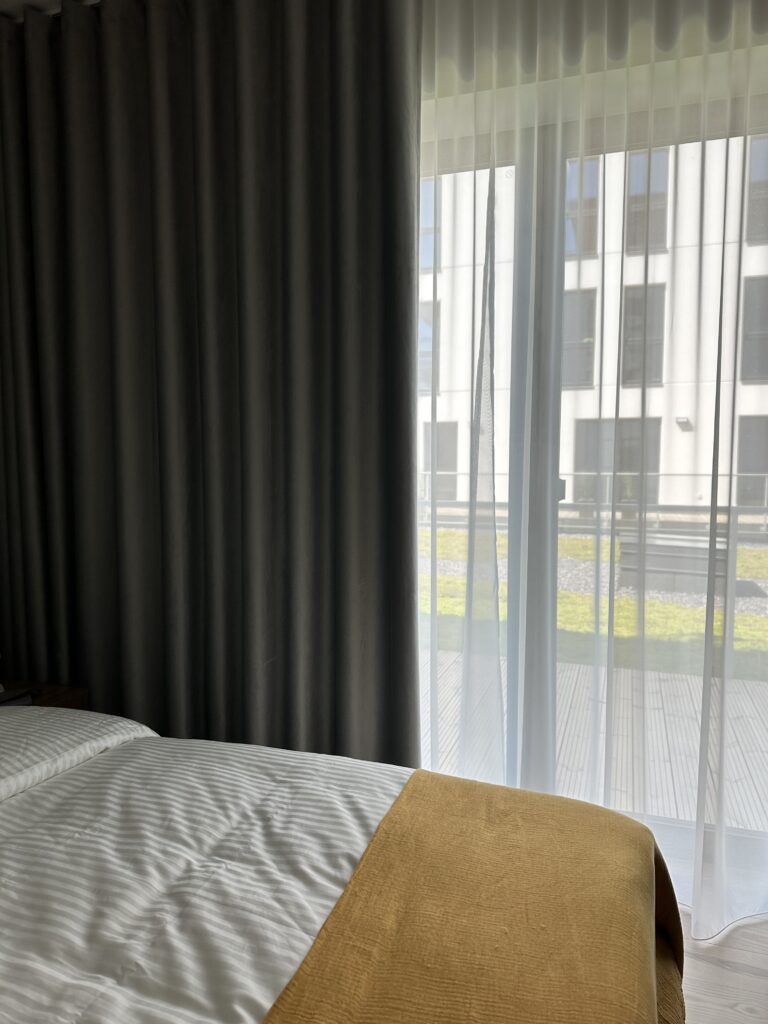
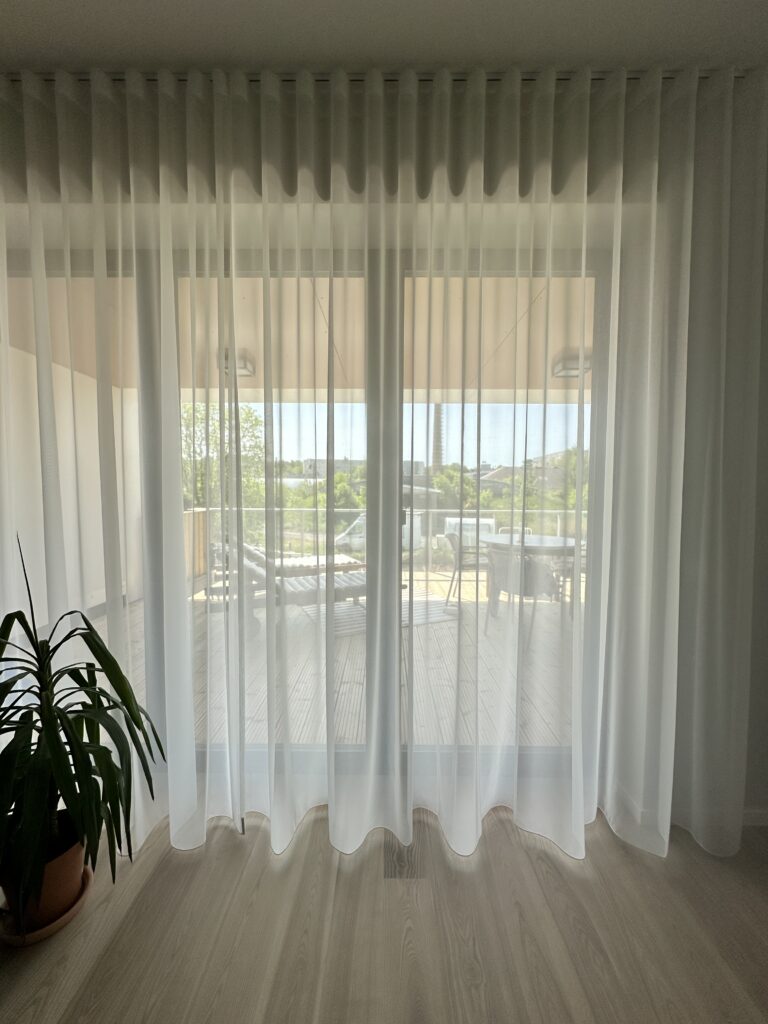
Mounting method: Ceiling-mounted tracks = taller-looking rooms. Curved ends block more light. Face-mounted blinds block better and hide unsightly frames. Opt for rods only if they add a decorative touch.
Height & length: Hang them close to the ceiling for an elegant look. They should kiss the floor or float just above if you’ve got rugs or pets. Never too short. Ever.
Fabric: Pick by weight, drape, and how it handles humidity. Linen looks luxe, but not great near the sea (it swells and shrinks).
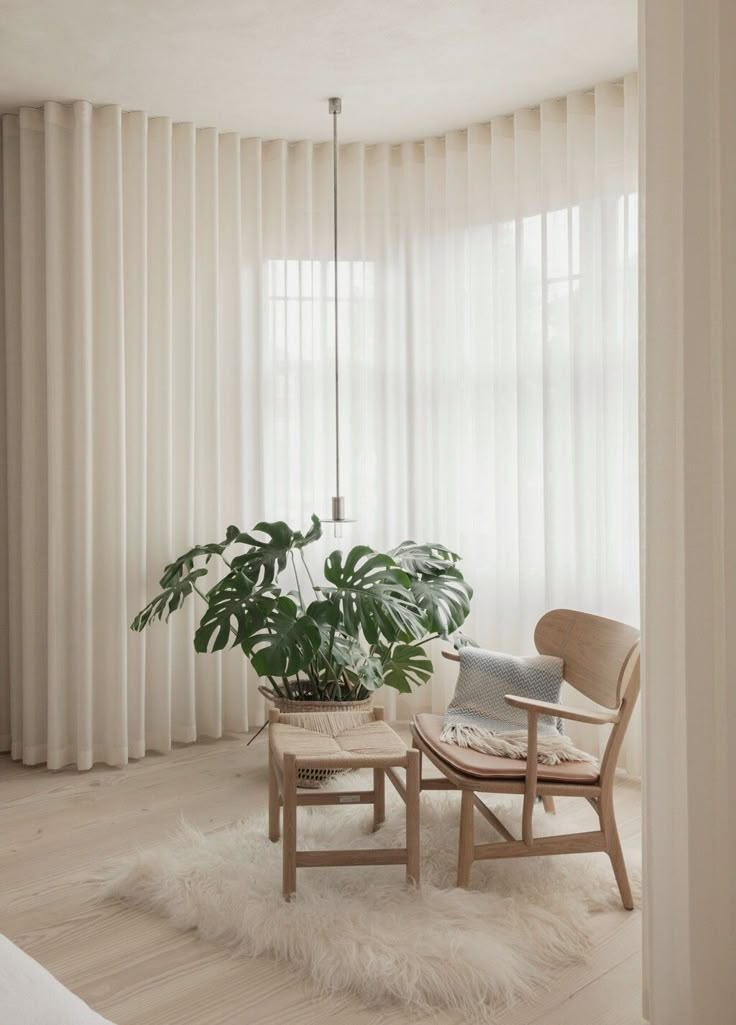
Header style: Ripple fold (sleek) (picture), pinch pleat (structured and classy), grommet (modern and shows off the rod). Your choice changes how much fabric you need and how the curtain stacks.
Tech & extras: Want an LED-lit curtain track for an ambient glow? A motorized blackout curtain for lazy mornings? Double tracks for layered looks? All possible.
Why curtain professionals are worth it
Yes, you can do it all yourself. But should you?
Pros measure not just windows, but how much fullness your fabric needs. They know when linen’s a bad idea, how to match your space’s function to the right track or rod, and how to handle curved walls and tricky corners. Most importantly, they ask how you live—not just how it looks.
Your final takeaway: curtains are the quiet heroes of home interior design
Curtains might seem like background noise—until you live without them, or worse, install the wrong ones. The right ones frame your view, shape your light, soften sound, and bring soul to your space.
And if you’re curious how all of this plays out in real life, stay tuned. Soon on the blog: a personal deep dive into how I tackled curtains in my own home (with help from the pros, of course).
PS! Need help planning curtains that actually fit your lifestyle?
Book your 1:1 consultation – https://anijarvinteriors.com/#contact and let’s bring your curtain vision to life with practical, beautiful interior design solutions.





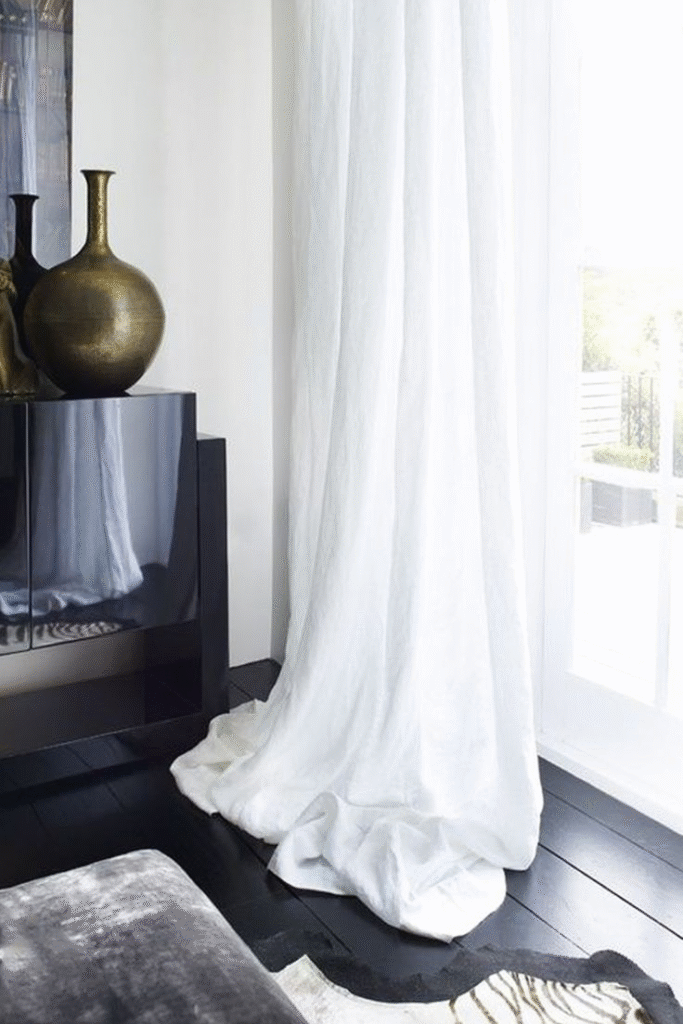
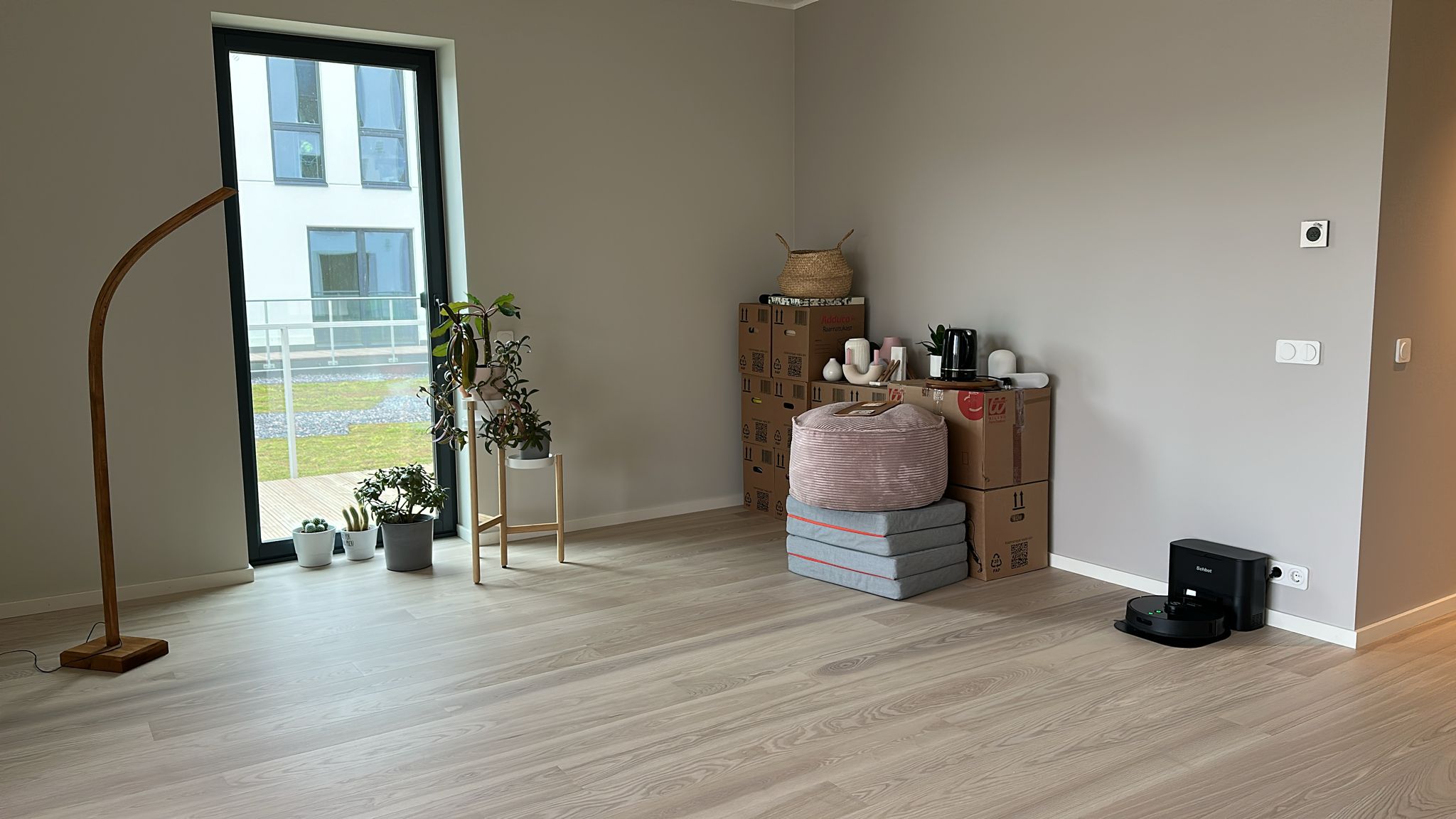
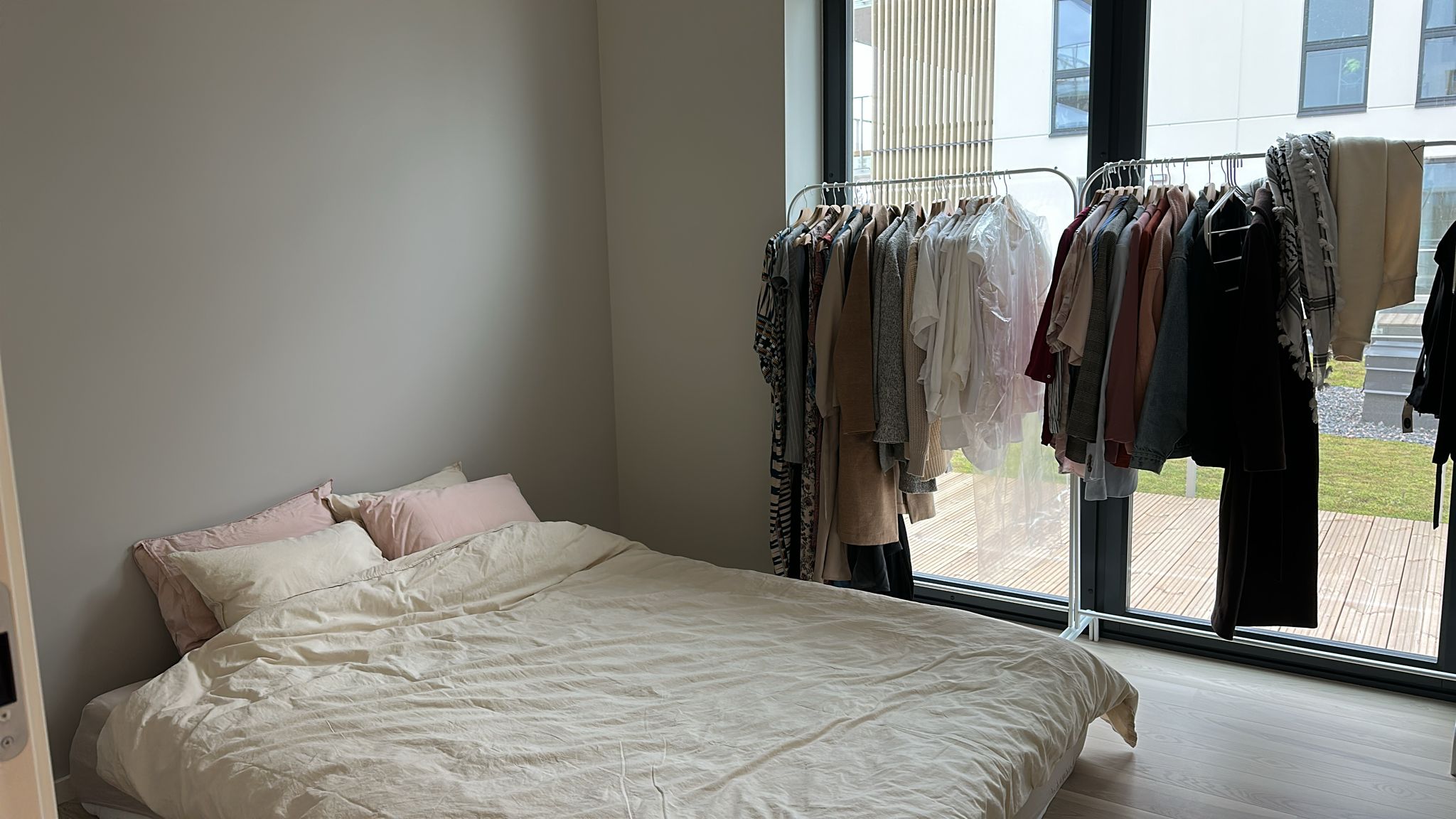
Pingback: Modern interior design meets curtain expertise: real projects with Avaeksperdid - Anijärv Interiors